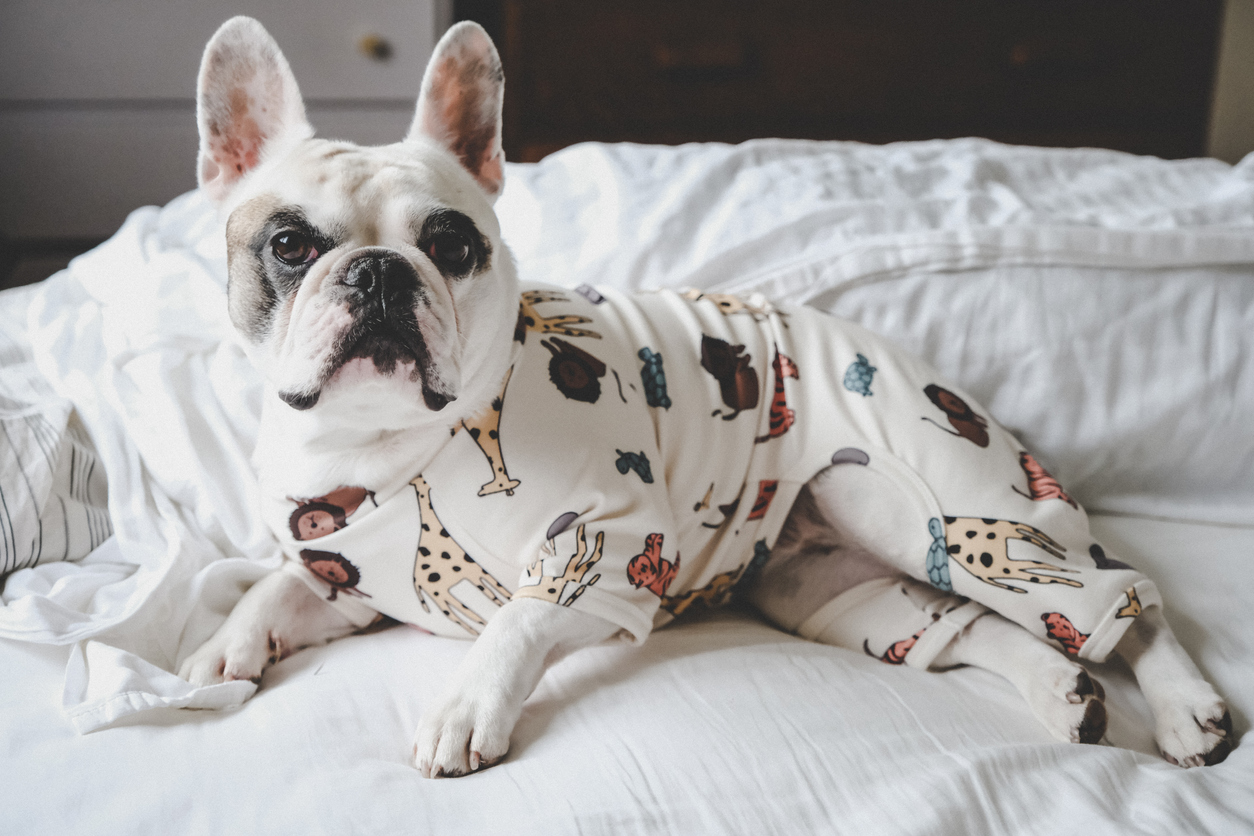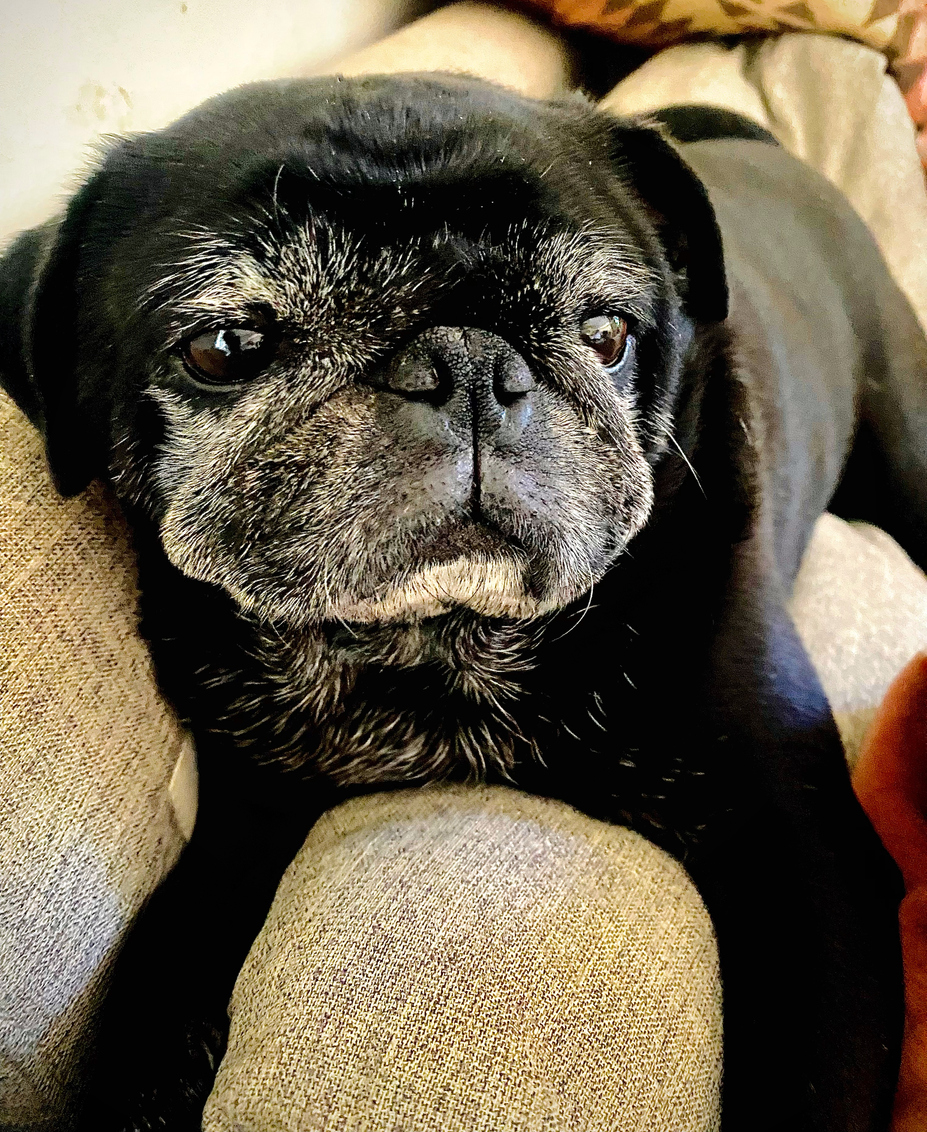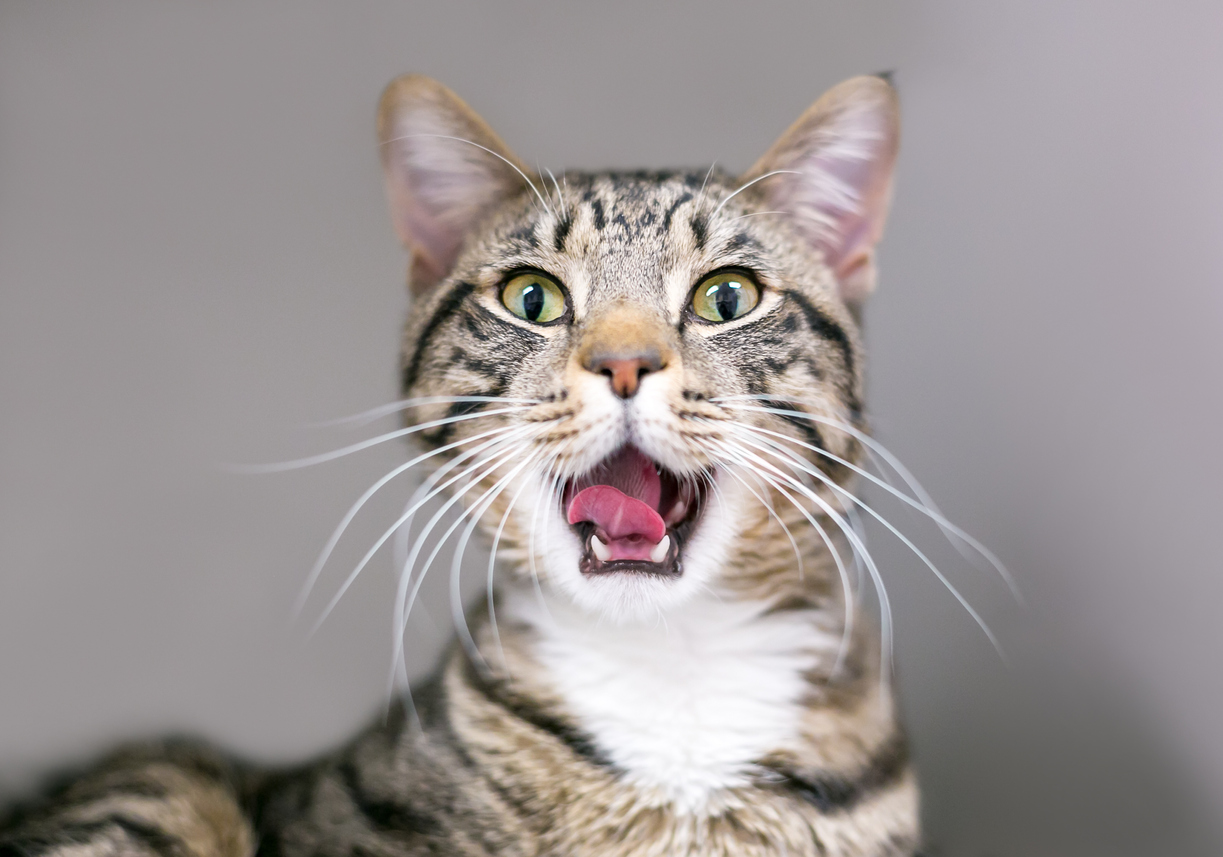Feline Breed-Specific Joint Disease
About 40% of all cats have clinical signs of osteoarthritis (OA) but often these signs are infrequently recognized and as a result the condition is significantly underdiagnosed. Approximately >90% of cats over the age of 12 years show radiographic signs of joint disease.
The condition is not entirely exclusive to older cats as studies have shown that even cats as young as two years can suffer from OA.
Clinical signs are infrequently recognized by pet owners and the condition is under diagnosed by the veterinary profession.
What is Degenerative Joint disease?
Degenerative joint disease refers to damage in both the appendicular and axial skeletal systems, with most of the cases diagnosed as osteoarthritis (OA). OA in itself implies a joint problem, primarily associated with the degeneration and loss of cartilage and proliferation of bone in the form of osteophytes (bone spurs) around the joint. This results in a joint that has a reduced range of motion and one that is undergoing low grade inflammation as a result. This leads to a varying degree of pain and swelling of the affected joint(s). It is not uncommon for multiple joints to be affected in cats. OA often occurs as a primary problem with no easily identifiable underlying cause, but can also occur secondary to underlying developmental joint disease such as hip dysplasia, or subsequent to a joint injury such as an intra-articular (within the joint) fracture or luxation (dislocation).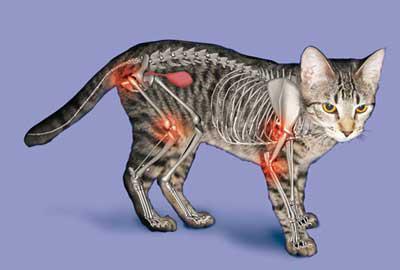
What signs might I see in my cat?
Signs of joint disease in cats can be subtle and easily missed. Clinical signs can include:
- Change in enthusiasm going up and/or downstairs.
- Reduced ability to go through the cat flap/door
- Reduced ability to jump on the couch, bed, lap etc.
- Reduced play
- Unable to climb up trees/fences
- Less excited to use scratching post.
- Stiff gait
- Limping
- Vocalization or hissing when stroked over a sore joint.
- More withdrawn.
- Less active
- Sleeping in different locations e.g. on the floor
- Not coming upstairs or into the house any more
- Inappropriate urination or defecation
- More or less purring.
- Reduced appetite
- Reduced weight
- More grumpy orwithdrawn.
What work up is involved?
Although the combination of history and exam findings may lead to a high suspicion of joint disease, radiographic changes should be completed to confirm a diagnosis. The primary signs seen on radiographs include the presence of periarticular osteophytes (bone spurs), although this is not always present or easily identifiable in every case. Increase in radiographic opacification of surrounding joint structures or within the joint (particularly the knee) may also aid in diagnosis.
It is also important to understand that OA may be present in the absence of obvious radiographic changes.
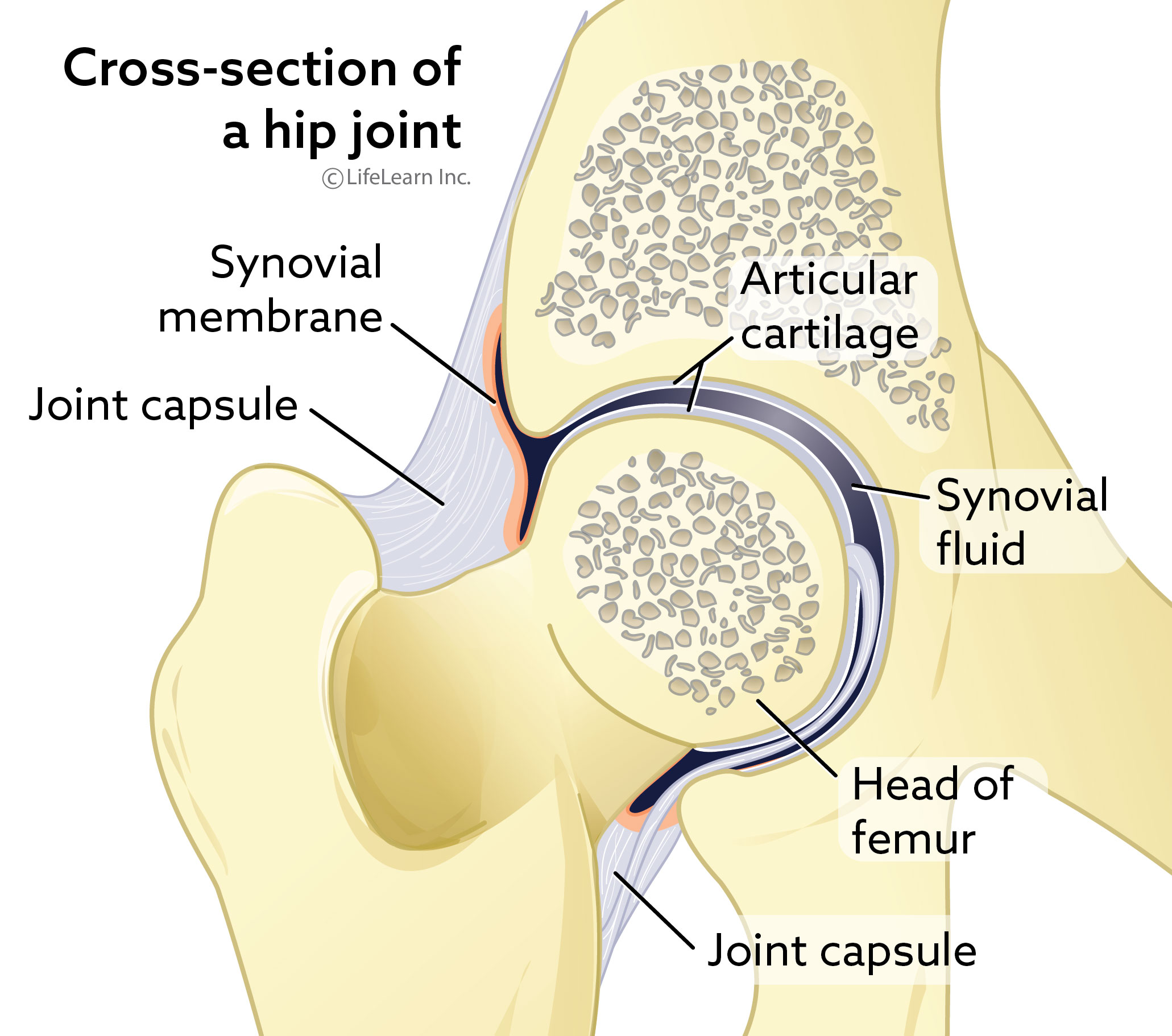
Are some cat breeds more prone to joint disease?
Due to challenges in diagnosing joint disease in cats, it is difficult to get a clear picture of how specific breeds may be affected by joint disease. It is evident however that certain cats breeds are more likely to develop disease in certain joints due to a genetic predisposition.
Persians, Siamese, Norwegian Forrest cat, Bengal Cat and Main Coons have a higher risk of hip and elbow dysplasia and spinal muscular atrophy.
Devon Rex, Cornish Rex, Bengal Cat and Abyssinian are more likely to have Patella (knee cap) luxations which increases the risk of osteoarthritis over time and potential for cranial cruciate ligament rupture (ACL tear – in humans).
Manx are prone to spinal defects.
Munchkins are prone to skeletal abnormalities called thoracic lordosis and angular limb deformities.
Scottish folds can develop abnormal cartilage, which can lead to severe arthritis in multiple joints.

